I'm a new planter, and a lot of my plants just look sad! Any advice?
lily
last year
Featured Answer
Sort by:Oldest
Comments (16)
Related Discussions
I'm planting a butterfly hedge and I'm looking for some help
Comments (3)Ok, so-- 1) I'm somewhat inland- we get more sun that SF-- temps regularly reach the 80's and 90's in the summer, very rarely over 100, common morning fog burning off well before noon. 2) Common butterflies in the area-- Western Tiger Swallowtail, Pipevine Swallowtail, Anise Swallowtail, West Coast Lady, Painted Lady, Monarch, skippers, perhaps the Mourning Cloak as well. All that's from other butterfly gardeners though, as I'm pretty new to this. Perhaps if Joe posts on here, he can give a more detailed answer about what we have around here. I'd love to hear if people have had personal experience with the bushes-- how they grew, how fast, how high, lots of butterflies? etc etc I figure you guys have got to be the real experts on that....See MoreMy plants dont look at home here, I'm sad!
Comments (5)Some things I did when I knew my garden was going to be temporary were: 1. Planted expensive perennials in movable containers 2. To "camoflage" the containers, I planted easy to grow, inexpensive annuals - usually seed paks, around the base of the perennial planters. Check out the Annuals forum for easy things in your zone, some will re-seed too, so you don't really have to treat them as "annuals" since they come back from the seeds they drop on their own. In my dry winter zone 7 a lot of things probably re-seed that might not in your area, but here a list of some of my "aggressive" re-seeders: Alyssum Morning Glory Honesty (Lunaria) Nasturtiums Monarda/Bee Balm Amaranthus (Love-Lies-Bleeding) Hollyhocks Sweet Peas Coreopsis Nigella (Love in a mist) Oregano (the herb) By planting these, you can get some quick color and plants this year around your planters, and if they successfully re-seed, then the plants will keep coming back. If the landlord complains, you could always claim ignorance and say that you only planted annuals thinking they would only be around the year you planted them :P...See MoreI'm sad about my beautiful New Dawn !!! PICS
Comments (7)Oh, Florence--that New Dawn is gorgeous! I do hope it recovers. Just a possibility--last summer my new floribunda started putting out strange growth. I worried a lot that it might be RRD--cut the cane out as low as I could go, etc. Kept on worrying--until someone else posted a pic with the identical strange growth. That poster was also worried it might be RRD. However, someone from Florida posted an response identifying the strange growth as caused by chili thrips. So maybe (I'm trying to be hopeful) that was your problem rather than RRD. I've been watching that floribunda closely this spring to see if there is any more strange growth. Everything is fine so far. I figure the chili thrips were imported along with the new floribunda last spring cuz I don't believe they could survive our winter temps here. In fact, I'm hoping those chili thrips froze their little butts off this past winter and will never return to my garden! Just a thought. Kate...See MoreJust wanted to say hi, and let you know of my sad news
Comments (62)Wow, I am deeply touched by your kind words of support. I am more of a lurker than a poster but have come to know that you are all one very special group of people. I also know that so many of you have been through similar heart breaks, and my heart goes out to all of you. Life can be so tough at times, but we do manage to pull through with a "little help from our friends". :-) OJ: We do have an amazing support group, it actually blows me away on how much we are being cared for. Thanks for your concern. Had more to say but the phone keeps ringing and I've lost my train of thought. Will be back later to fill in the blanks. Today is a better day, thanks to all you KT'ers. You truly ROCK! BJ...See Moreken_adrian Adrian MI cold Z5
last yearlast modified: last yearlily
last yearlily
last yearlast modified: last yearlily
last yearlily
last yearTiffany, purpleinopp Z8b Opp, AL
last yearzen_man
last yearlast modified: last yearlily
last yearlily
last yearTiffany, purpleinopp Z8b Opp, AL
last yearWilliam Herman
last yearzen_man
last yearlast modified: last year
Related Stories
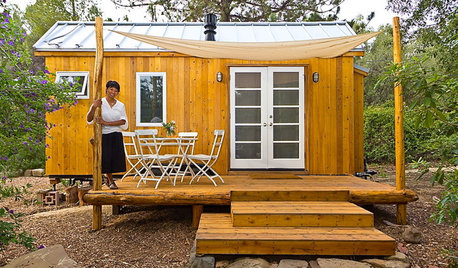
LIFEYou Said It: ‘Just Because I’m Tiny Doesn’t Mean I Don’t Go Big’
Changing things up with space, color and paint dominated the design conversations this week
Full Story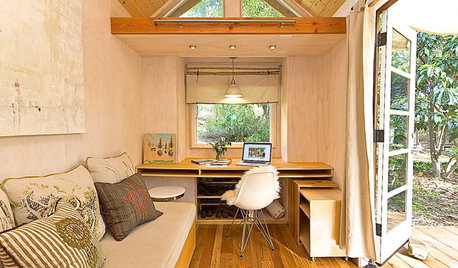
LIFEYou Said It: ‘I’m Never Leaving’ and More Houzz Quotables
Design advice, inspiration and observations that struck a chord this week
Full Story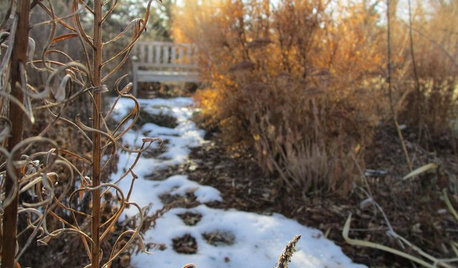
WINTER GARDENING6 Reasons I’m Not Looking Forward to Spring
Not kicking up your heels anticipating rushes of spring color and garden catalogs? You’re not alone
Full Story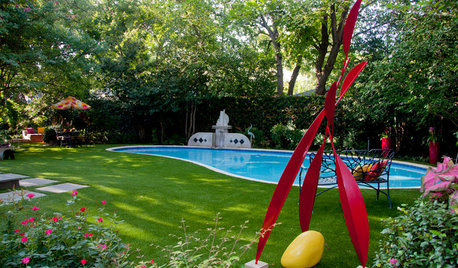
COLOR8 Ways to Rev Up Your Garden Color With More Than Just Plants
Bring energy and excitement to your outdoor space by going bold with color, from small touches to big changes
Full Story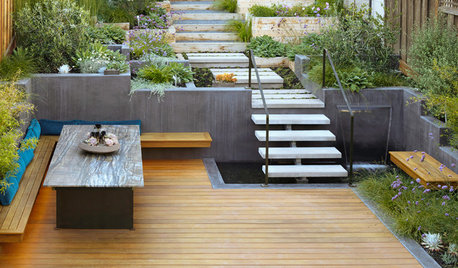
INSPIRING GARDENSOutdoor Rooms and Stylish Plantings Tame a Hilly Lot
See how a tangle of overgrown shrubs and cracked concrete became a welcoming place for outdoor cooking, dining, gardening and relaxing
Full Story
FUN HOUZZEverything I Need to Know About Decorating I Learned from Downton Abbey
Mind your manors with these 10 decorating tips from the PBS series, returning on January 5
Full Story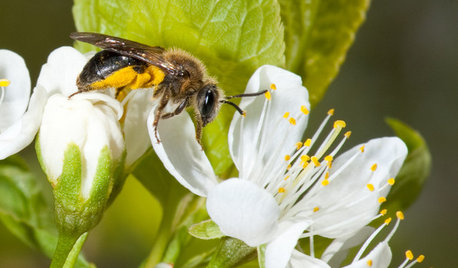
GARDENING GUIDESInvite Mining Bees to Your Garden by Planting Their Favorite Plants
Look for mining bees (Andrena) pollinating woodland wildflowers in U.S. gardens this spring
Full Story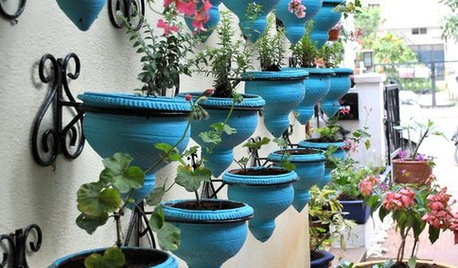
GARDENING AND LANDSCAPINGOne-of-a-Kind Ways With Planters
Bright colors, unusual shapes, unexpected uses ... these unique ideas for container plantings with personality may just grow on you
Full Story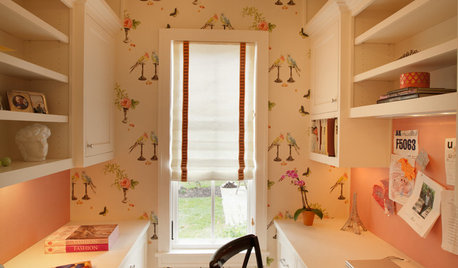
HOME OFFICESThe Great Paper Push: Just Say No
Going paperless is a heck of a lot easier when you put the kibosh on letting flyers, junk mail and more get past the front door
Full Story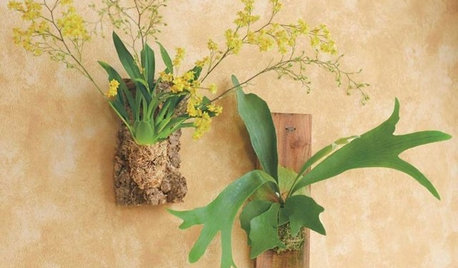
PRODUCT PICKSGuest Picks: 20 Uncommonly Attractive Pots and Planters
Cultivate some personality indoors with plant containers that are as unique as the greenery they hold
Full Story


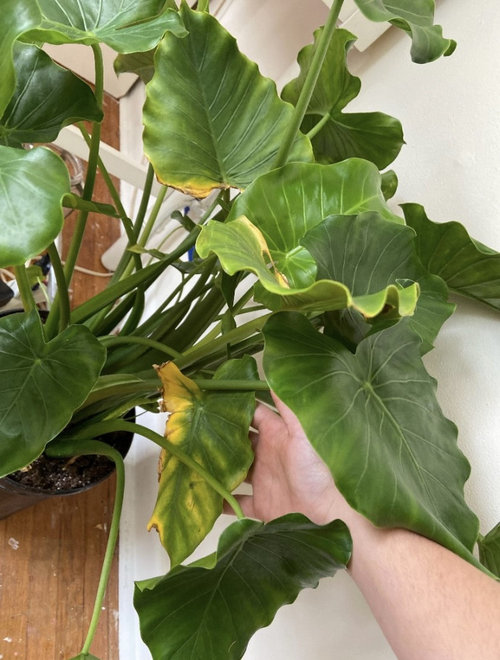


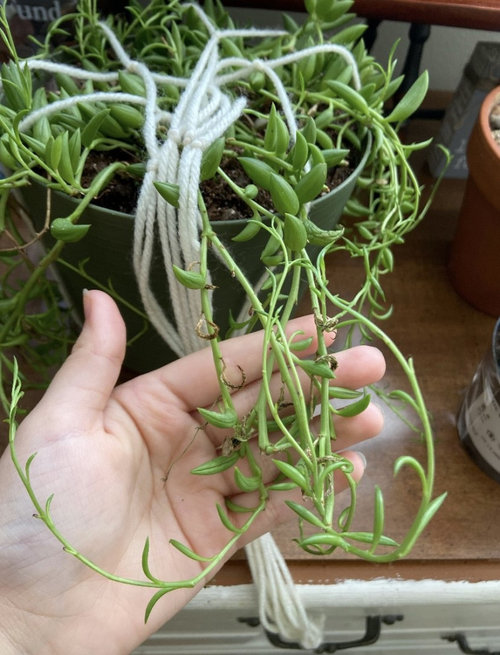

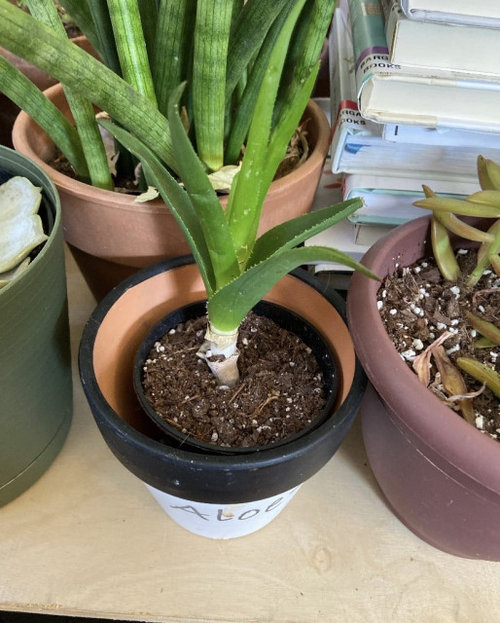




floral_uk z.8/9 SW UK